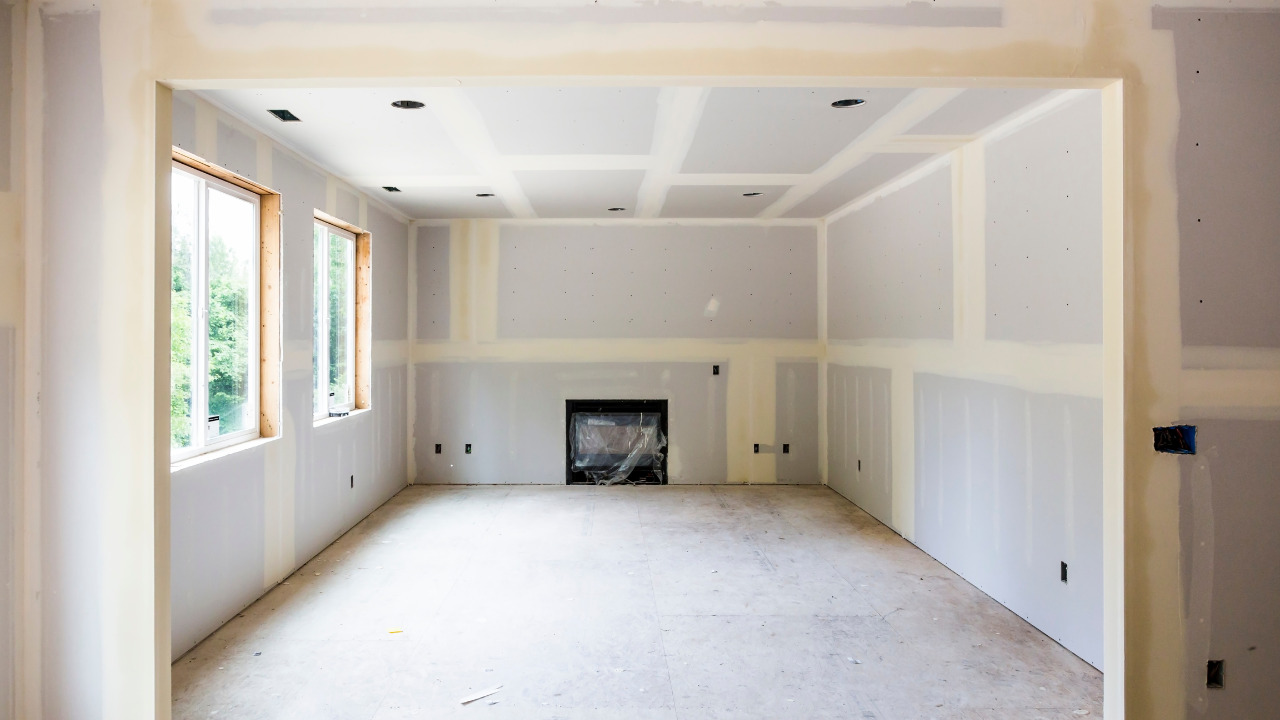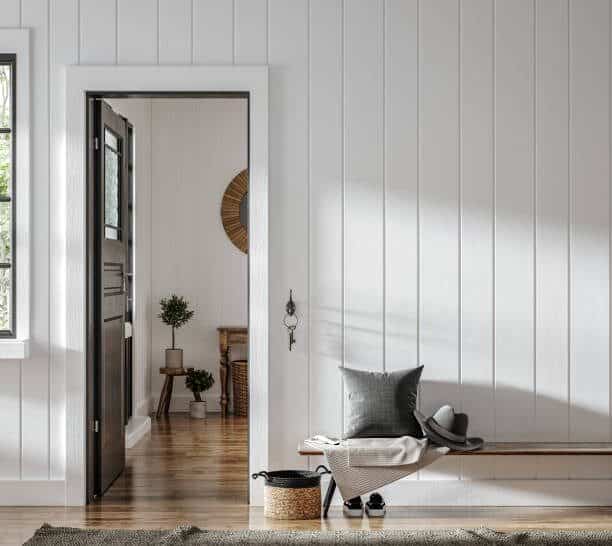In architectural design, every element plays an essential role in shaping the functionality and aesthetics of a building.
Among these elements, the often-overlooked flat roof access door holds immense potential, offering many advantages beyond its primary function of concealing plumbing and electrical wirings. If you are an architect or a building designer, this blog aims to shed light on the multifaceted benefits of incorporating flat roof access doors into your designs.
Table of Contents
Seamless Integration with Design Aesthetics
Gone are the days when access doors were merely functional eyesores. Modern flat roof access doors have evolved to seamlessly integrate with various architectural styles, offering rooftops a clean and polished finish.
Architects can now choose from multiple materials and finishes that suit the overall design, contributing to the structure’s visual appeal.
Enhancing Accessibility and Maintenance Efficiency
Architects understand the importance of creating spaces that are not only visually pleasing but also functional in terms of maintenance.
Flat roof access doors like the Fakro DRL flat roof access door provide convenient entry points for maintenance personnel, ensuring swift and efficient access to vital building components. This accessibility significantly reduces the time and effort required for routine inspections, repairs, and equipment servicing.
Facilitating Energy Efficiency
Energy efficiency has become paramount for architects and building designers pursuing sustainable design.
Flat roof access doors play a role in this endeavor by providing easy access to rooftop installations, such as solar panels, HVAC units, and green roofing systems. This accessibility enables regular maintenance and adjustments, maximizing the efficiency and longevity of these energy-efficient features.
Security and Safety Integration
Safety is a top priority in any architectural design. Flat roof access doors contribute to building security by providing controlled access to rooftop areas. Incorporating secure locking mechanisms ensures that unauthorized individuals cannot easily access sensitive equipment or compromise the safety of building occupants.
Additionally, these doors can be designed to meet safety standards, adding an extra layer of protection to the building.
Versatility in Functionality
Architects thrive on versatility, and flat roof access doors offer just that. These doors can be customized to serve various functions beyond concealing utilities.
From rooftop gardens and recreational spaces to outdoor meeting areas, architects have the creative freedom to transform these doors into functional design elements that enhance the user experience of a building.
Compliance with Building Codes
Navigating the labyrinth of building codes and regulations is an integral part of the architectural process. When integrated into the design, flat roof access doors can simplify compliance with regulatory requirements.
Whether providing emergency access to the rooftop or ensuring proper ventilation for mechanical equipment, these doors are essential to meeting the necessary building standards.
Future-Proofing Designs
In the ever-evolving landscape of architecture, adaptability is critical. Including flat roof access doors in your designs equips buildings with future-proofing.
As technology advances and building needs change, having accessible points to the rooftop allows for easy integration of new systems and upgrades, ensuring that structures remain relevant and efficient over time.
Cost-Effective Solutions
Architects often need help with budget constraints, and finding cost-effective solutions without compromising quality is a constant challenge. Flat roof access doors offer an economical option for enhancing a building’s functionality.
By consolidating access points and streamlining maintenance processes, these doors contribute to long-term cost savings in time and resources.
Unobtrusive Integration of Technology
With the rise of smart buildings and integrated technologies, architects are tasked with seamlessly incorporating these advancements into their designs.
Flat roof access doors provide discreet entry points for installing and maintaining technology infrastructure, such as surveillance cameras, sensors, and communication equipment. This unobtrusive integration ensures that technological features enhance the building’s capabilities without compromising its visual appeal.
Weather-Resistant Design
Considering the impact of weather elements on building structures, architects must prioritize materials and designs that withstand the elements.
Flat roof access doors act as barriers against rain, snow, and harsh winds when crafted with weather-resistant materials and sealing mechanisms. This ensures the longevity of the doors and the protection of the components they conceal, contributing to the overall durability of the building.
Integration of Skylights for Natural Lighting
Natural lighting is an important element in architectural design, contributing to energy efficiency and occupant well-being. Flat roof access doors can be customized to include integrated skylights, allowing natural light into the building’s interior.
This dual-purpose design enhances aesthetic appeal and reduces the reliance on artificial lighting during daylight hours.
Conclusion
Every element must harmonize to create a masterpiece in the intricate dance of architectural design. Often overlooked in their significance, flat roof access doors emerge as unsung heroes—offering a canvas of possibilities.
Integrating flat roof access doors is a strategic choice for architects and building designers seeking to create spaces that captivate the eye and stand the test of time. It is a choice that goes beyond concealing utilities, inviting creativity, efficiency, and sustainability into the very fabric of architectural endeavors.





